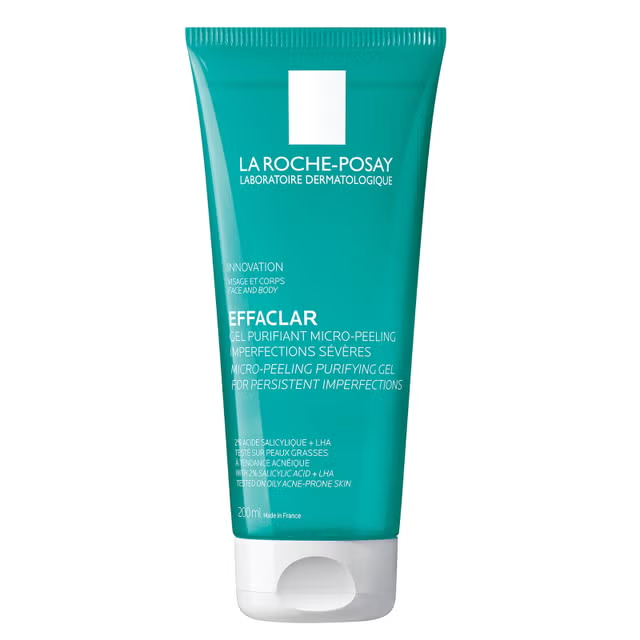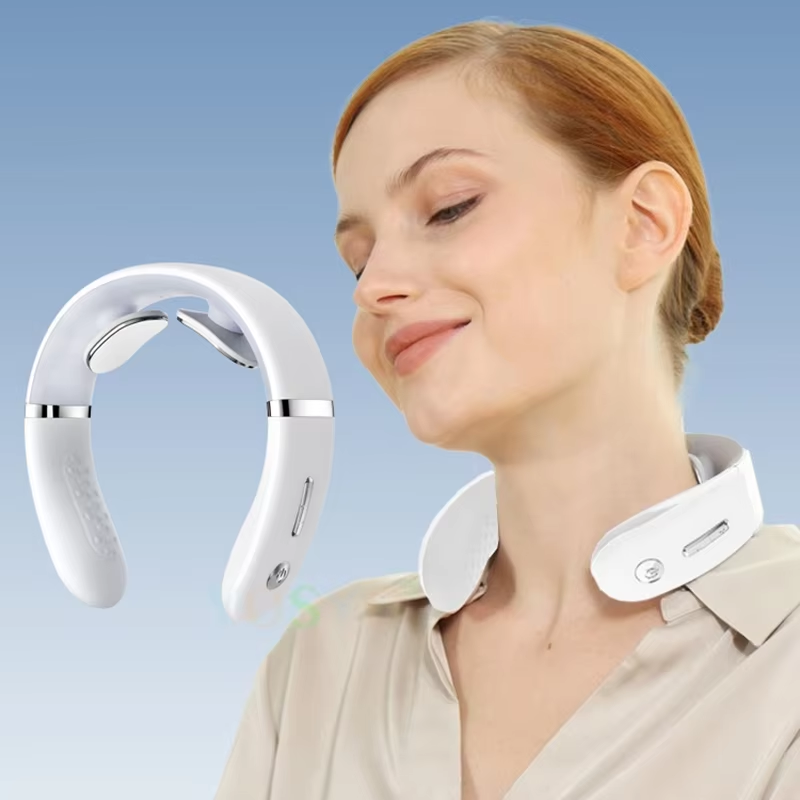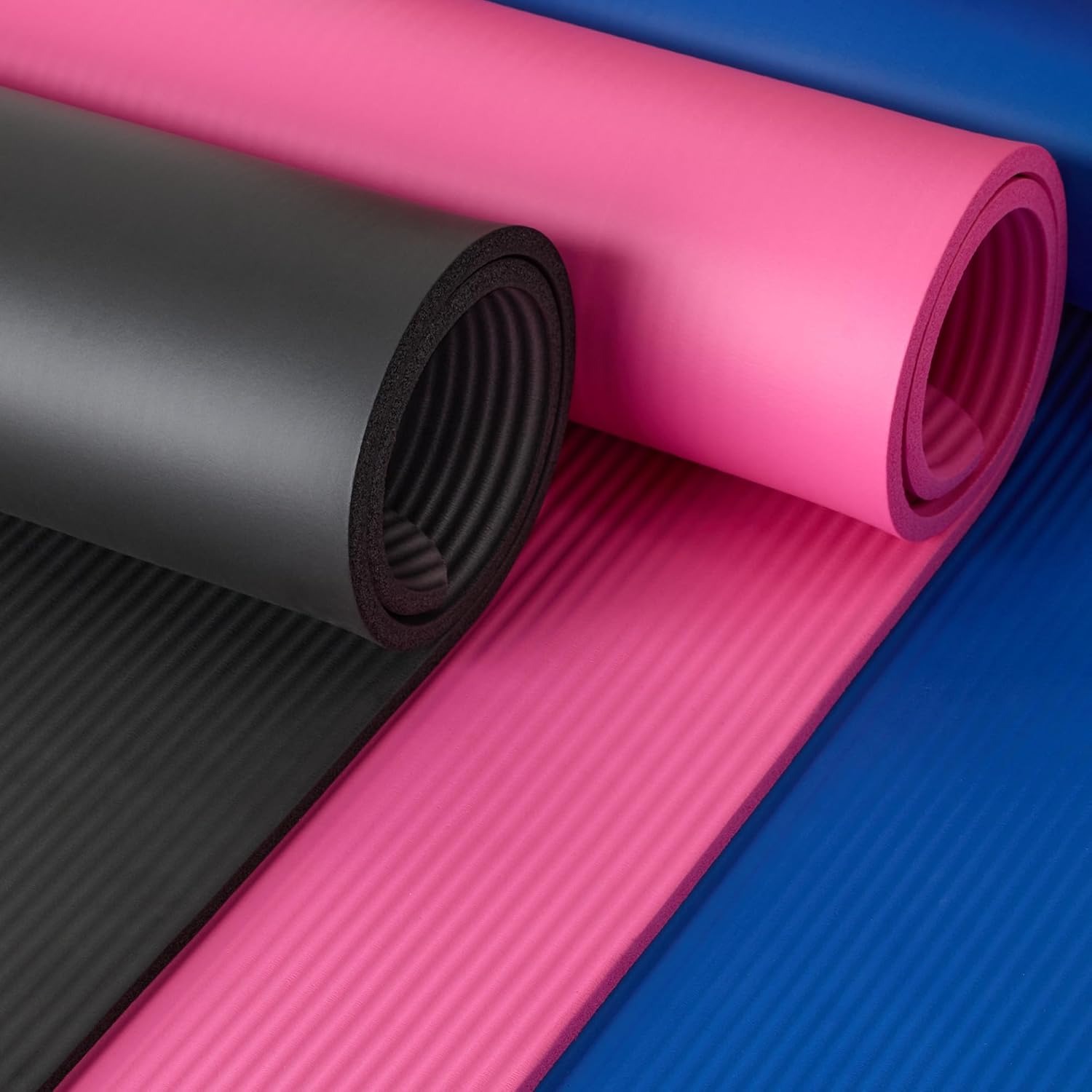The Importance of Selecting the Right Facial Cleanser
Choosing the best facial cleanser is a key step in any skincare routine. It’s not about grabbing just any product off the shelf. Your facial cleanser sets the stage for your skin’s health and prepares it to absorb other skincare products effectively.
Finding what is the best facial cleanser for you means considering your skin’s unique needs. The right cleanser can help prevent clogged pores, ward off breakouts, and remove makeup and impurities without stripping your skin of its natural oils. In contrast, the wrong one can lead to skin irritation, increased dryness, or exacerbate oiliness.
With a good match, you ensure your face gets the gentle, thorough cleansing it needs. This daily ritual impacts not only how your skin feels but also how it looks. Clean skin reflects light better, giving you a natural glow. Additionally, it supports your skin’s natural barrier against environmental stress.
Remember that the best facial cleanser for someone else may not be the best for you. Factors like skin type, age, environment, and even the time of year should influence your choice. It’s also worth considering professional advice from dermatologists who often provide insights based on numerous case studies and scientific research.
By investing time to select the right facial cleanser, you’re taking an essential step towards maintaining a radiant and healthy complexion. So, let’s explore how to determine your skin type and discover what ingredients and types of cleansers will best align with your skincare goals.
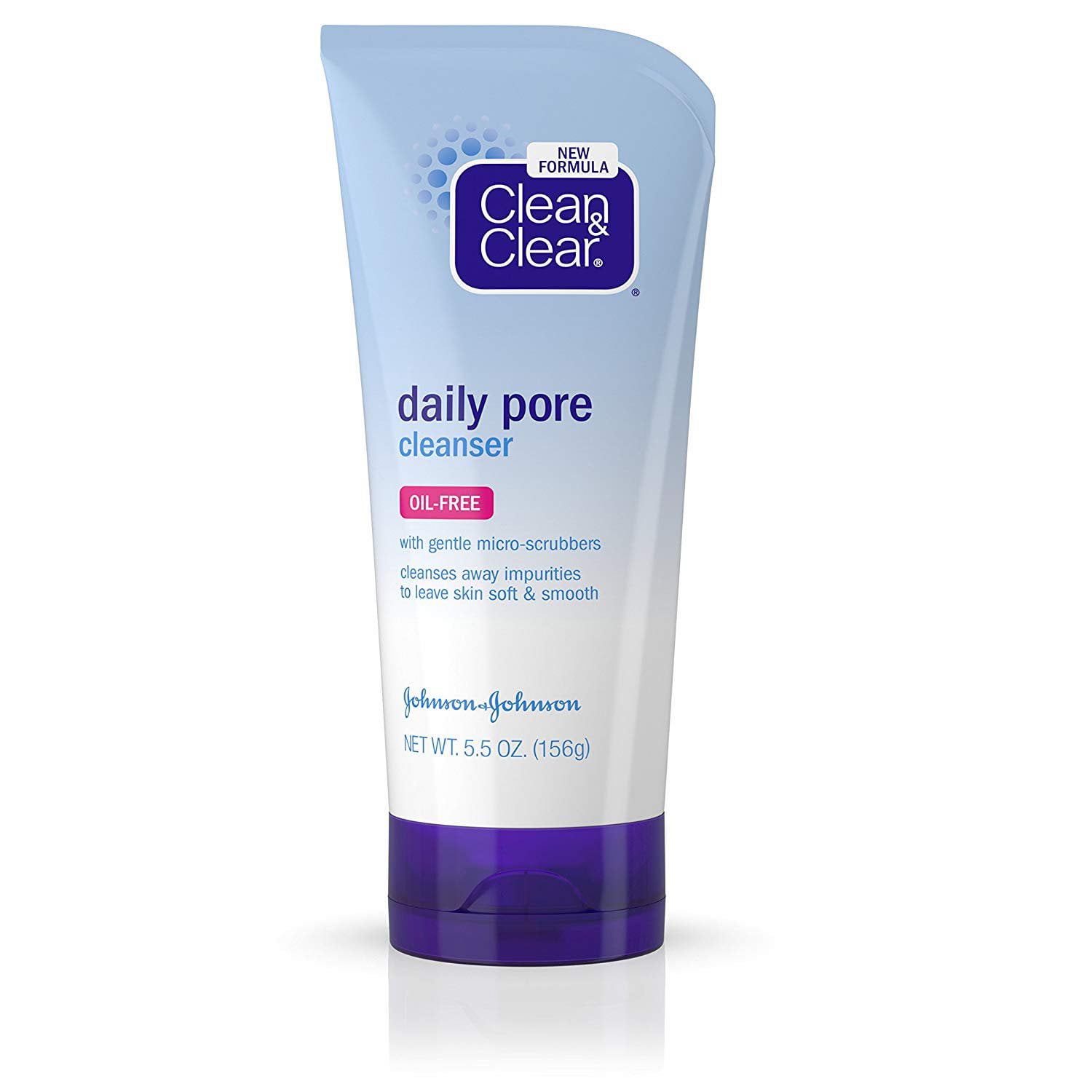
Knowing Your Skin Type
Knowing your skin type is crucial in selecting what is the best facial cleanser for you. Different skin types react differently to various ingredients and formulations. Therefore, understanding your skin’s specific needs helps you choose a cleanser that will support rather than harm its natural balance.
To start, identify if you have dry, oily, combination, sensitive, or normal skin. Here’s a brief guide:
- Dry Skin: Feels tight and flaky. Looks dull. Needs hydrating ingredients.
- Oily Skin: Appears shiny. Prone to acne. Requires oil-free, non-comedogenic options.
- Combination Skin: Dry in some areas, oily in others. Needs a balanced formula.
- Sensitive Skin: Gets red or irritated easily. Seeks gentle, fragrance-free cleansers.
- Normal Skin: Neither dry nor oily. Has few sensitivities. Can tolerate a variety of cleansers.
You can conduct a simple test at home. Cleanse your face, pat it dry, then wait a short while. How your skin feels thereafter can give you an indication of your type. Oily spots suggest oily skin, tightness indicates dryness, and if some zones feel different from others, you probably have combination skin.
Always consider seasonal changes and lifestyle factors that can affect your skin type over time. For example, your skin can be oilier in the summer and drier in the winter. Diet, stress, and hormonal changes also play a part. Regularly reassessing your skin type is recommended as it may evolve.
A precise understanding of your skin will guide you not only in choosing the right cleanser but also in tailoring your entire skincare routine for optimal results.
Ingredients to Look for in a Facial Cleanser
When searching for what is the best facial cleanser, the ingredients are key. Look for components that benefit your skin type and address your specific concerns. Here are the ingredients you should consider:
- Hyaluronic Acid: Ideal for dry skin, it helps to retain moisture.
- Salicylic Acid: Works well for oily and acne-prone skin to unclog pores.
- Glycerin: A gentle hydrator suitable for most skin types.
- Niacinamide: Helps reduce inflammation, good for sensitive and acne-prone skin.
- Ceramides: Support the skin barrier, especially beneficial for dry and sensitive skin.
- Tea Tree Oil: Known for its antibacterial properties, it’s great for acne treatment.
- Alpha Hydroxy Acids (AHAs): Exfoliate gently, good for brightening dull skin. Use with care on sensitive skin.
Avoid harsh ingredients that can strip the skin of its natural oils or cause irritation. Ingredients like alcohol, sulfates, and artificial fragrances may do more harm than good, especially on sensitive skin. Opt for cleansers with a ‘non-comedogenic’ label, meaning they won’t clog pores.
Read labels carefully and look for words like ‘hydrating,’ ‘soothing,’ or ‘balancing’ based on your skin’s needs. Using a cleanser with the right ingredients can make a significant difference to your skin’s health and appearance.
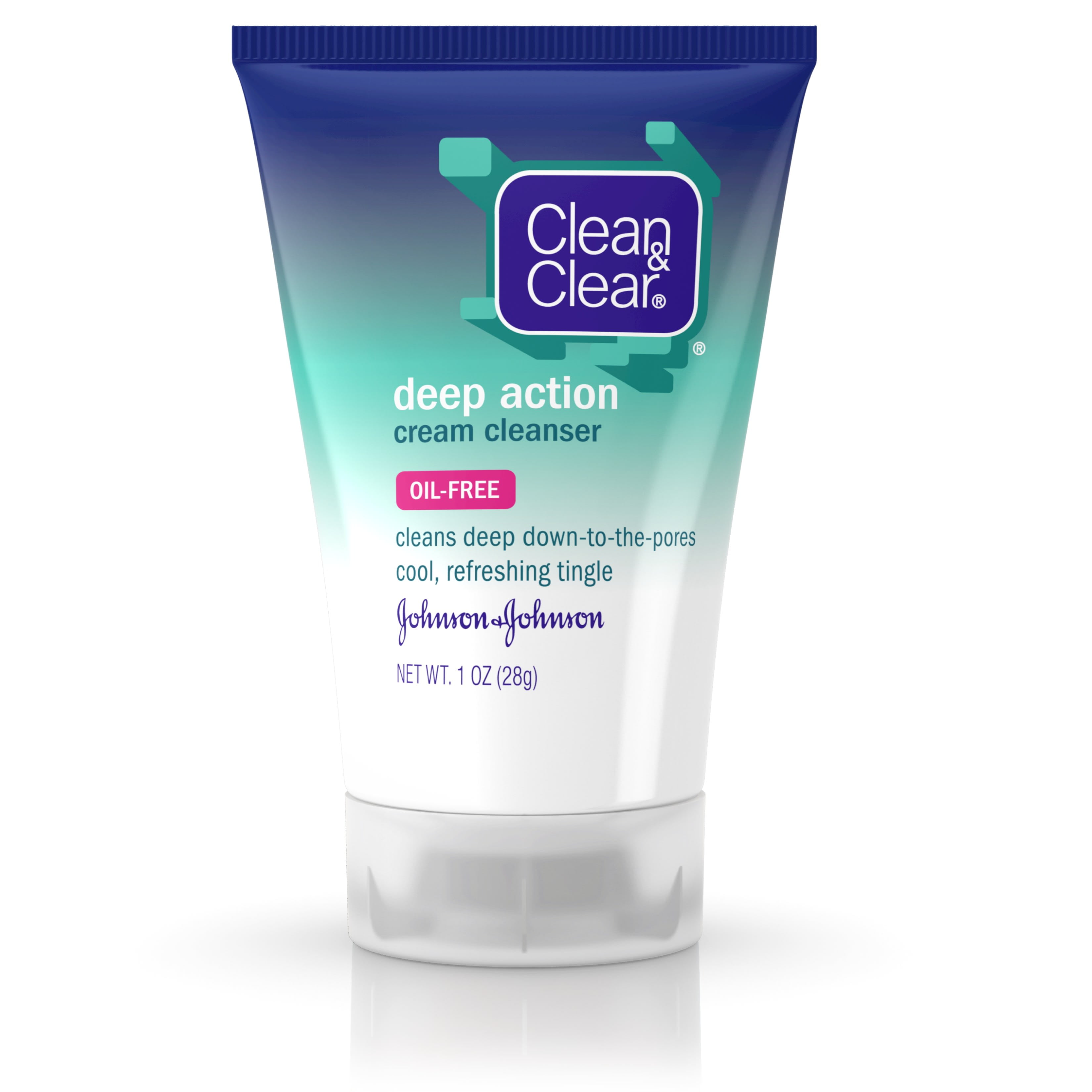
Product Types: Gel, Foam, Cream, Oil, and Micellar Water
When selecting what is the best facial cleanser, it’s important to consider the different product types. Each type caters to specific skin needs and preferences. Here’s an overview:
- Gel Cleansers: These are clear and typically have a gel-like consistency. They’re designed to deep clean and decongest clogged pores. They work well for oily and combination skin types.
- Foam Cleansers: Foam cleansers lather up nicely and are effective at removing oil and makeup. They can be a little drying, so they’re best for oily and normal skin types.
- Cream Cleansers: Cream-based cleansers are usually thicker and more hydrating. They are excellent for dry and sensitive skin as they cleanse without stripping away moisture.
- Oil Cleansers: Oil cleansers use the ‘like dissolves like’ principle, making them effective at dissolving sebum and oil-based makeup. They suit most skin types, including oily skin, because they can balance oil production without causing dryness.
- Micellar Water: This is a gentle multipurpose cleanser that contains micelles, tiny oil molecules that attract dirt and makeup. It’s convenient and works well for all skin types, especially sensitive or dry skin.
Keep in mind your skin type and the ingredients that benefit it when choosing between these cleanser forms. For instance, if you have dry skin, a hydrating cream or oil cleanser might be best. On the other hand, if you struggle with excess oil, a gel or foam cleanser could be more suitable.
By understanding these product types and how they match with your skin’s needs, you’re equipped to make an informed decision about what is the best facial cleanser for your skincare routine.
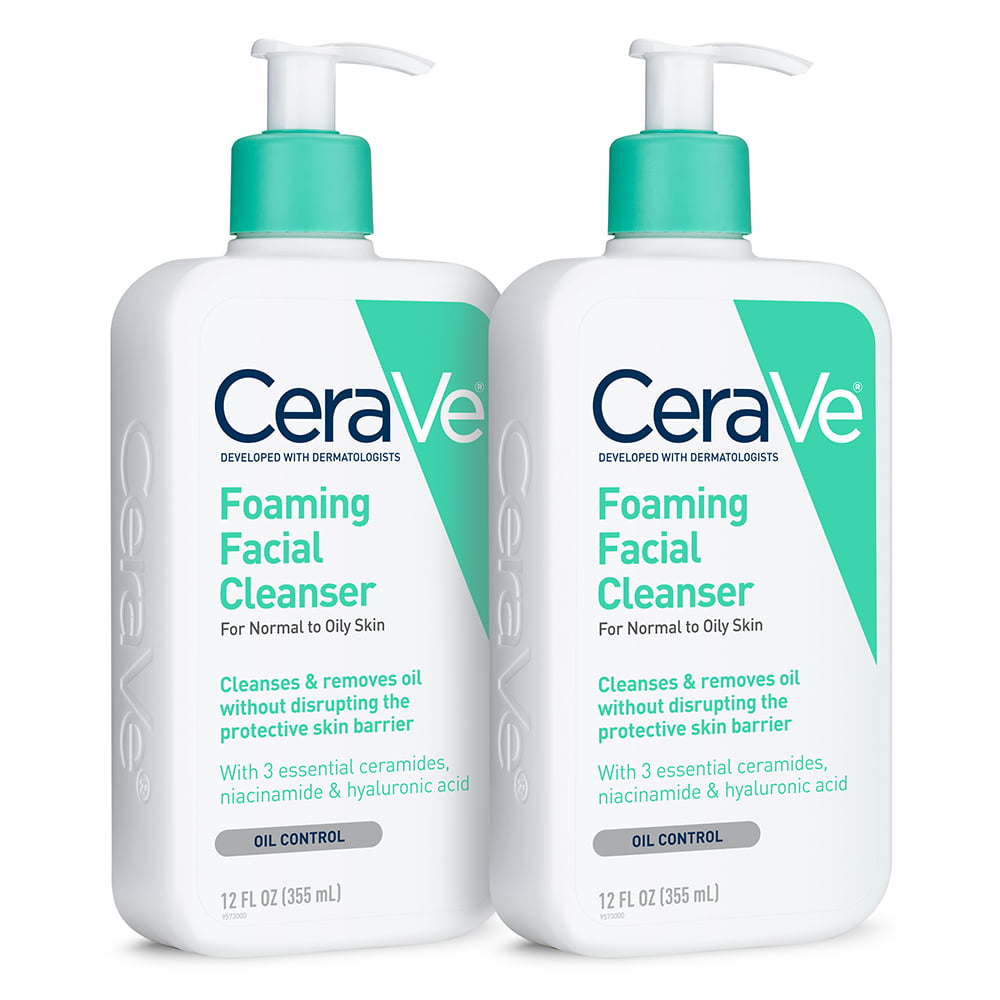
Cleansers for Specific Skin Concerns
Identifying your skin concerns is as important as knowing your skin type. This helps you find a facial cleanser that targets your specific issues. Here’s how to match your concerns with the right type of cleanser:
- Acne-Prone Skin: Look for cleansers with salicylic acid or benzoyl peroxide. These ingredients help to clear acne.
- Sensitive Skin: Choose fragrance-free cleansers with soothing ingredients like aloe vera or chamomile.
- Dry Skin: Opt for cleansers with extra hydrators like hyaluronic acid to boost moisture levels.
- Aging Skin: Seek out cleansers with antioxidants or retinoids to support firmness and reduce wrinkles.
- Hyperpigmentation: Use cleansers with vitamin C or other brightening agents to even out your skin tone.
It’s important to match the cleanser carefully with your skin concerns to avoid further skin issues. Remember, a cleanser that works well for acne might not be suitable for dry or sensitive skin. Always read the label and understand what each ingredient does. In some cases, you may need a different cleanser in the morning than at night.
Consulting with a dermatologist can provide personalized advice. They can suggest the best cleanser to help address your concerns effectively. If your skin concerns change, reassess your cleanser to ensure it still meets your needs.
In summary, knowing what is the best facial cleanser for you depends on both your skin type and concerns. By targeting both, you can take a big step towards your ideal skincare routine.

Dermatologist Recommendations and Reviews
When looking for what is the best facial cleanser, turning to dermatologists can be invaluable. These skin experts often have lists of products they trust. They base their recommendations on years of experience, as well as clinical studies.
Dermatologist reviews can also guide you. They analyze a product’s ingredients and performance. Look for reviews written by dermatologists on blogs, magazines, or medical journals. User reviews are helpful too. But, trust professional opinions for a more scientific perspective. Always check if the reviewer has credentials related to skin health care.
Dermatologists suggest considering your skin type and concerns when choosing a cleanser. They may also recommend specific brands known for quality and effectiveness. Be wary of sponsored content. It could be biased towards certain products. Focus on unbiased, professional opinions for the best advice.
Many dermatologists now share insights on social media or their own websites. Follow reputable experts for their latest thoughts on facial cleansers. They often post about new research or products they find promising.
Remember, while dermatologist recommendations are helpful, individual results can vary. It’s a good idea to test how your skin reacts to a recommended product before fully integrating it into your routine. Seek advice directly from a dermatologist for personalized guidance suited to your unique skin needs.
How to Test Cleansers Without Committing to a Full-Size Product
Navigating the vast selection of facial cleansers can be overwhelming. Here are tips to test them without buying full-size products:
- Request Samples: Some brands offer free samples. Ask at stores or check online.
- Purchase Travel Sizes: Many companies sell smaller travel-sized versions. They cost less and are great for testing.
- Use Subscription Boxes: Subscription services sometimes include cleanser samples. This is a cost-effective way to try new products.
- Attend Beauty Events: Beauty events often give out samples. Keep an eye out for these gatherings.
- Review Return Policies: Some stores have return policies for skincare. You can return products that don’t work for you.
- Join Online Communities: Online skincare forums and groups share product insights. Members sometimes exchange or give away samples.
Testing with caution is key. Even small amounts can cause reactions if you have sensitive skin. Patch test each cleanser and wait 24 hours before fully using it on your face. By sampling wisely, you can find the best facial cleanser for your skin with minimal risk and waste.
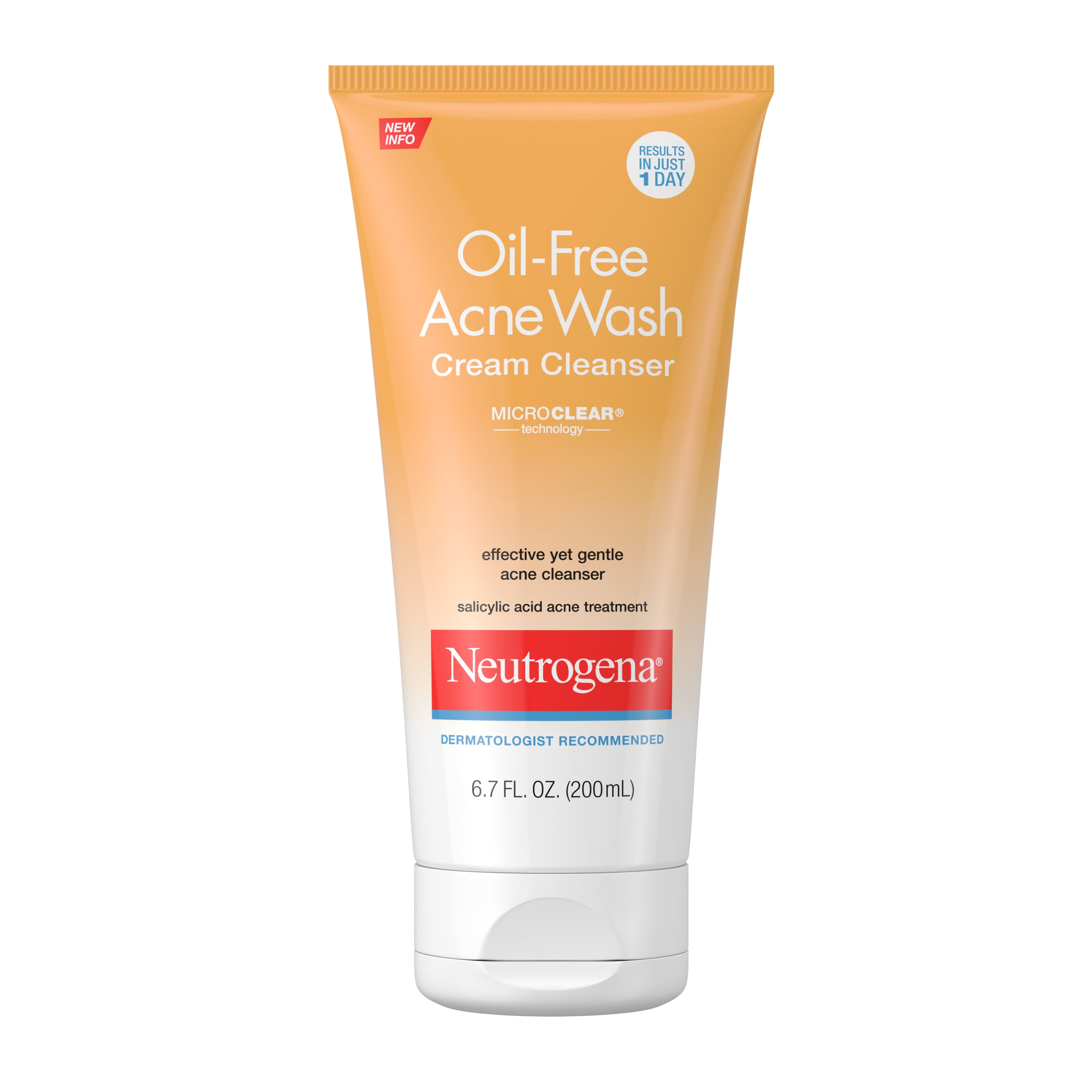
When to Replace or Switch Your Cleanser
Knowing when to replace or switch your facial cleanser is key to maintaining skin health. Here are some situations where a change may be necessary:
- Product Expiration: Like all skincare items, cleansers expire. Check the label for the expiry date. If it’s past that time, get a new one to ensure its effectiveness and safety.
- Seasonal Changes: As seasons change, so does your skin. You may need a more hydrating cleanser in winter and a lighter one in summer.
- Skin Changes: If your skin feels different or your current product no longer seems effective, it’s time to reassess. Skin can become more oily, dry, or sensitive over time.
- After a Skin Reaction: Should a new skin issue like breakouts or irritation arise, consider changing your cleanser. A different formula may help your skin recover.
- New Skincare Goals: As your skincare goals evolve, so should your products. If you’re aiming for anti-aging or brightening, find a cleanser that supports these goals.
Remember, what is the best facial cleanser for you can change. Listen to your skin and adapt your routine as needed. It’s okay to experiment until you find the perfect match. Be mindful of the keywords as you change products and make sure they align with your current skin needs.
